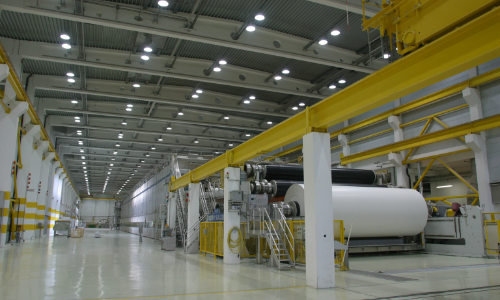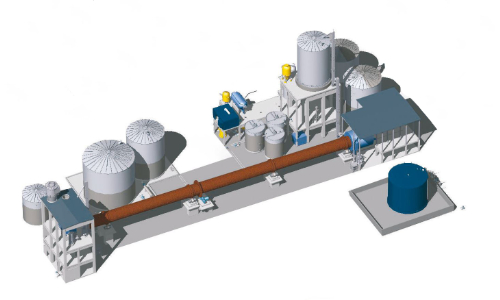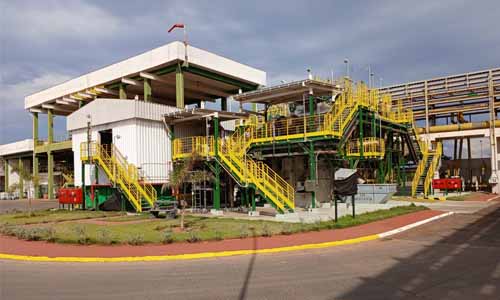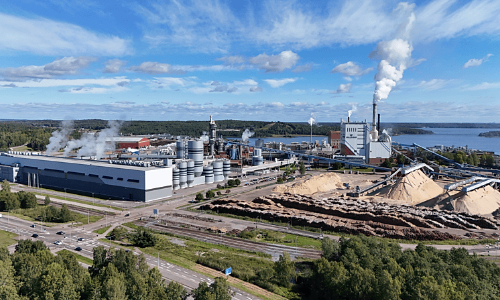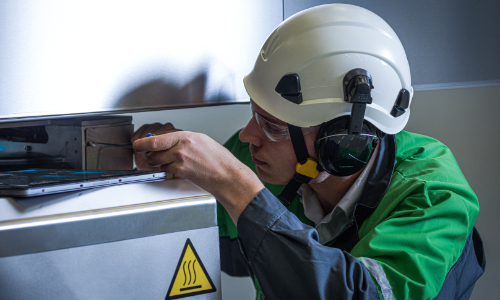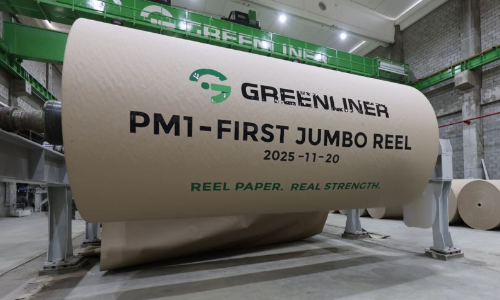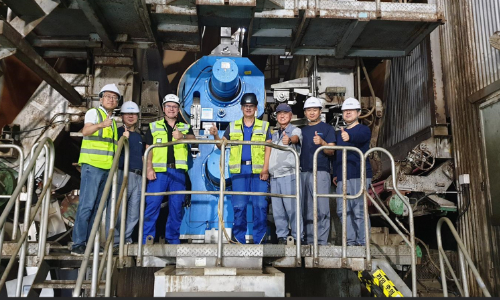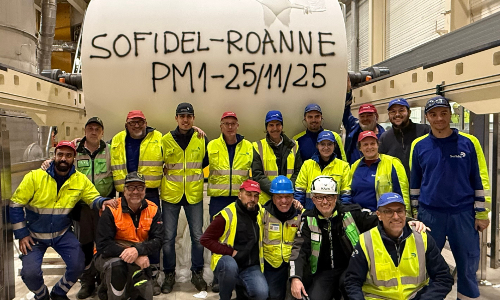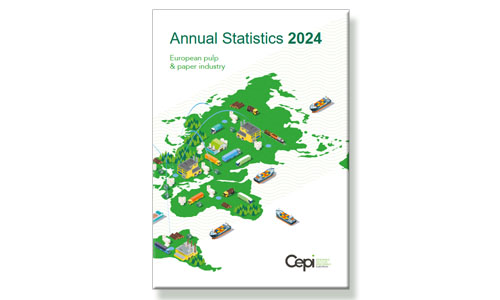
The Cepi key statistics report 2024 shows that pulp and paper sector remained resilient in 2024, with a recovery that has partly offset the decline of 2021-2023. While regulatory conditions for global competitiveness remain an issue, sustainability and decarbonisation remain priorities.
Paper and Board consumption increased by 7.0% in 2024, slightly less than initially expected, but production recorded a higher rebound than first found in Cepi preliminary statistics, published in February (+ 5.9%). Final figures also confirm that the growth has been recorded across all segments of the pulp and paper industry. Packaging paper and board production leads the way with a 6.7% production increase and tissue paper production increased by 5.6%. Graphic paper, used for books, newsprint, and printing and writing paper, has at least temporarily halted a historical downward movement, with a production increase of 3.8% in 2024.
However, production across all energy-energy-intensive sectors, which includes paper, is still 10-15% lower than in 2021, at the height of the COVID pandemic. A difficult European economic environment is partly to blame, but production and regulatory costs also continue to play an increasing role in the EU’s lagging competitiveness.
Paper and board exports increased by 4.6% in 2024 but are 19% lower than in 2020. Uniquely amongst European industrial sectors, pulp and paper is a successful exporter, which means developments in global trade impacts it more than others. Growing trade tensions and overcapacities in some global regions have had the effect of exacerbating competition. Notably, the United States are the 2nd biggest importer of EU paper and board products and the 2nd largest source of paper and board imports into the EU.
In face of unprecedented uncertainty, the sector continues to deliver on a sustainability agenda that has become its trademark. European pulp and paper industry CO2 emissions have decreased by 50% compared to 2005 levels, successfully decoupling such emissions from production growth. CO2 emissions per tonne of paper and board produced decreased by 6.3% in 2024 at 0.24 tonne CO2 per tonne produced. It is the result of investing in cleaner technologies, greener fuels and more energy efficient operations. The sector also has the specificity of contributing to the EU’s strategic autonomy, with 91% of its natural fibres being sourced from within the European Union in 2024, through sustainably managed forests and a healthy paper for recycling market.
Download the Cepi final 2024 key statistics report.
“We have proven that industry is more resilient when it is investing long-term in sustainability. We are now awaiting the EU Commission proposal for a new Bioeconomy Strategy, as a signal that Europe wants to deploy incentives that will create a level playing field between fossil materials and bio-based ones.”
Jori Ringman, Cepi Director General



